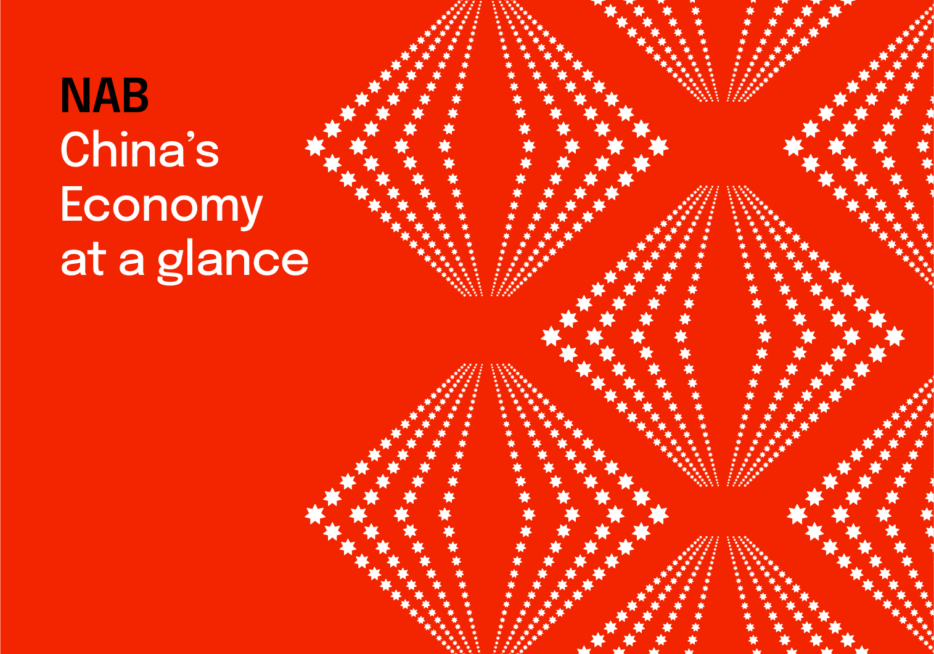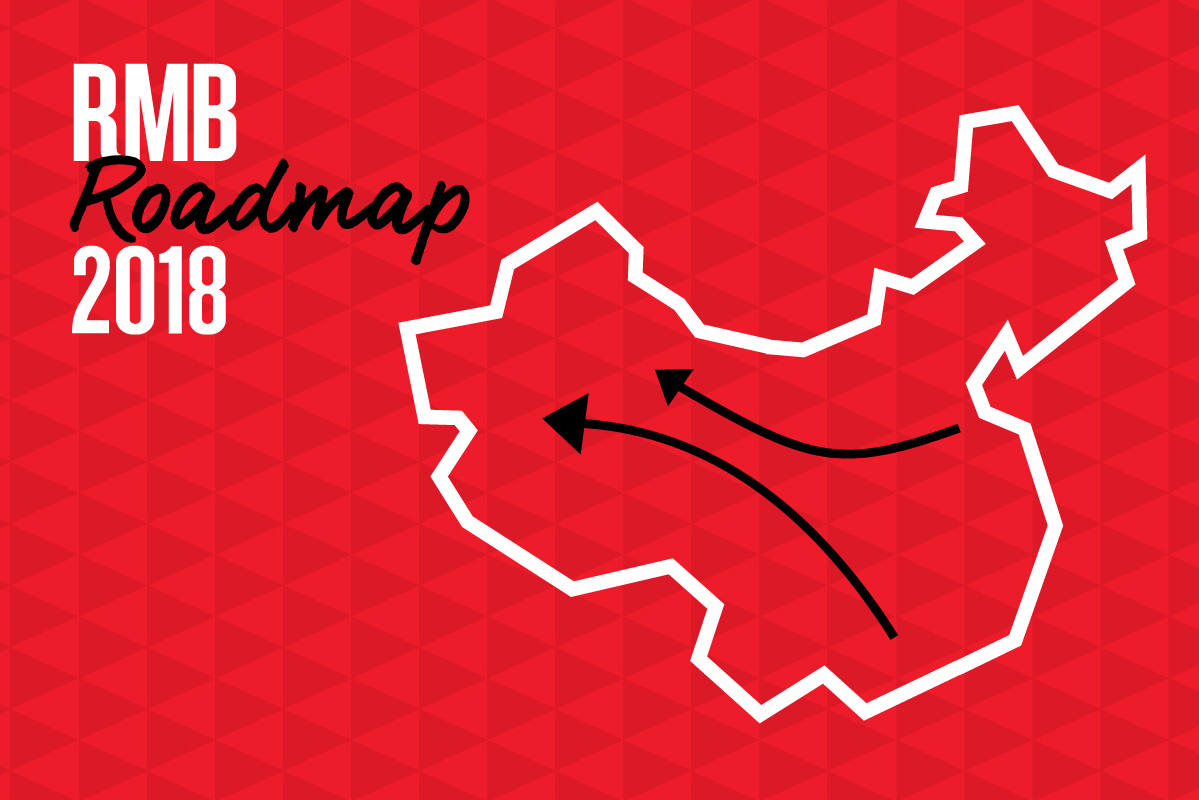Robust growth was maintained in Q1, but China faces the storm of US tariffs


Insight
While significant progress has been made on liberalising the RMB and opening up the onshore bond and equity markets, there are other structural reforms that need to happen before the floodgates can be thrown open.

RMB internationalisation: Sequencing is the name of the game
In its own unique and meandering manner, the People’s Bank of China (PBoC) seems to be providing important clues about how it manages the RMB, and where it sees RMB liberalisation and consequent internationalisation heading in the next few years. However, there are very real interim steps that need to be taken to prepare the domestic scene for the onslaught of volatility that will accompany a full opening up of the financial account.
Of course, the endgame is for the RMB to be a truly global currency on par with the USD and EUR, but that’s a long way off. Given the need for intermediate preparatory steps though, the 2020 target of financial account opening is not likely to be met. What we might be able to see by then is greater international access for the domestic equity and bond markets. This increased access might be enough to secure RMB assets a more representative weight in the key global equity and bond indices (MSCI and JPM EMBG)
However, chances are that the currency will still be fairly controlled as the financial sector prepares to cope with the surging ebb and flow of global capital flows. For the time being, the existing system of offshore clearing houses providing external access to the currency, while stock and bond connects provide access to those markets, will prevail.
Belt and Road Initiative: Revival of the Silk Road
Australia’s engagement with the Belt and Road Initiative (BRI) is likely to be largely as a complementary services provider, rather than as a recipient of funding. The Australian Institute of International Affairs (AIIA) lists three main areas of opportunity for Australia: 1) China’s investment in Australia; 2) Australia’s investment in China; 3) Opportunities for Australian industries in third countries. There could be significant economic benefits to Australia through the opening up of investment opportunities.
It’s also hoped that a good working relationship between Chinese and Australian government and firms on BRI projects will extend to greater access to mainland Chinese markets for Australian business. An ageing population in China means that demand for various medical and healthcare services will be on the rise there and Australian companies can leverage on strong bilateral relations to greater access to have the mainland market.
Beyond the mutual investment links and cooperation on BRI projects, there’s significant scope for the increased infrastructure work to add to overall global commodity demand, something that Australia is likely to benefit from, especially if there are bilateral deals between Australia and either China or some third party beneficiary nation.
The Bond Connect plot thickens
China’s Bond Connect kicked off in July 2017 and thus far, there have been encouraging signs. In the first month following the launch on 3 July 2017, foreign investors bought a net RMB 37.8 billion worth of Chinese bonds, accounting for more than half of the total foreign investments in the first seven months of this year (RMB 62.6 billion).
From 5 models that the ADBI had used, we selected one that reasonably represents current conditions, and another one that would be appropriate after full capital liberalisation (targeted for 2020). The respective RMB shares projected by these two models are 6.8% and 10%. In the near term, we could be looking at inflows north of USD 1 trillion but in the medium term, inflows of more than USD 2.5 trillion would not be out of the question.
To read the full report, please download: RMB Roadmap 2018 (PDF, 3.4 MB)
© National Australia Bank Limited. ABN 12 004 044 937 AFSL and Australian Credit Licence 230686.